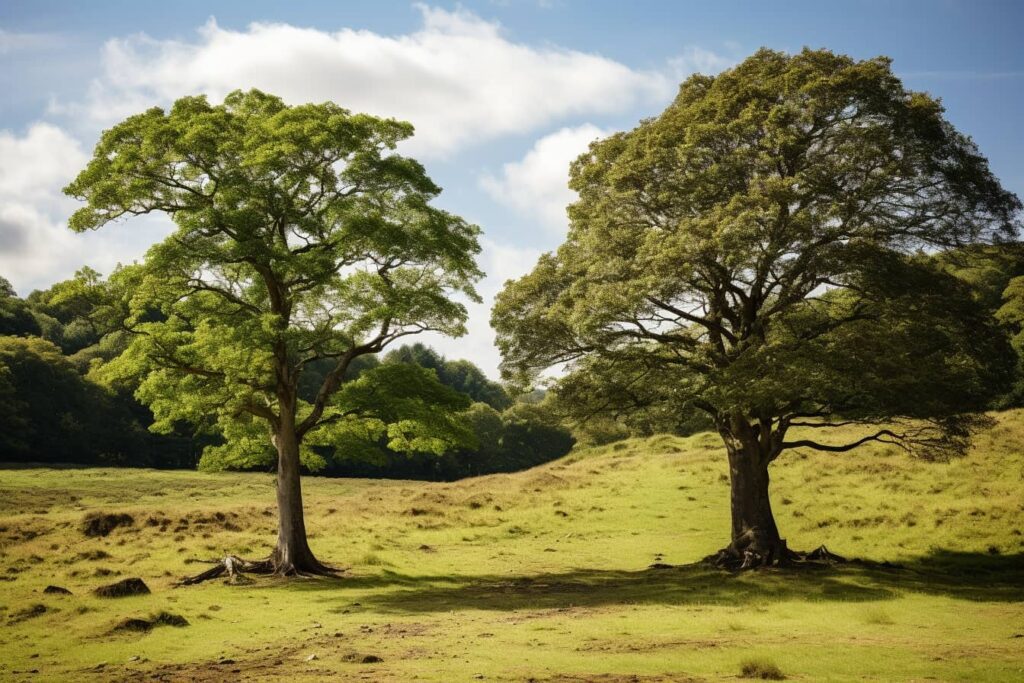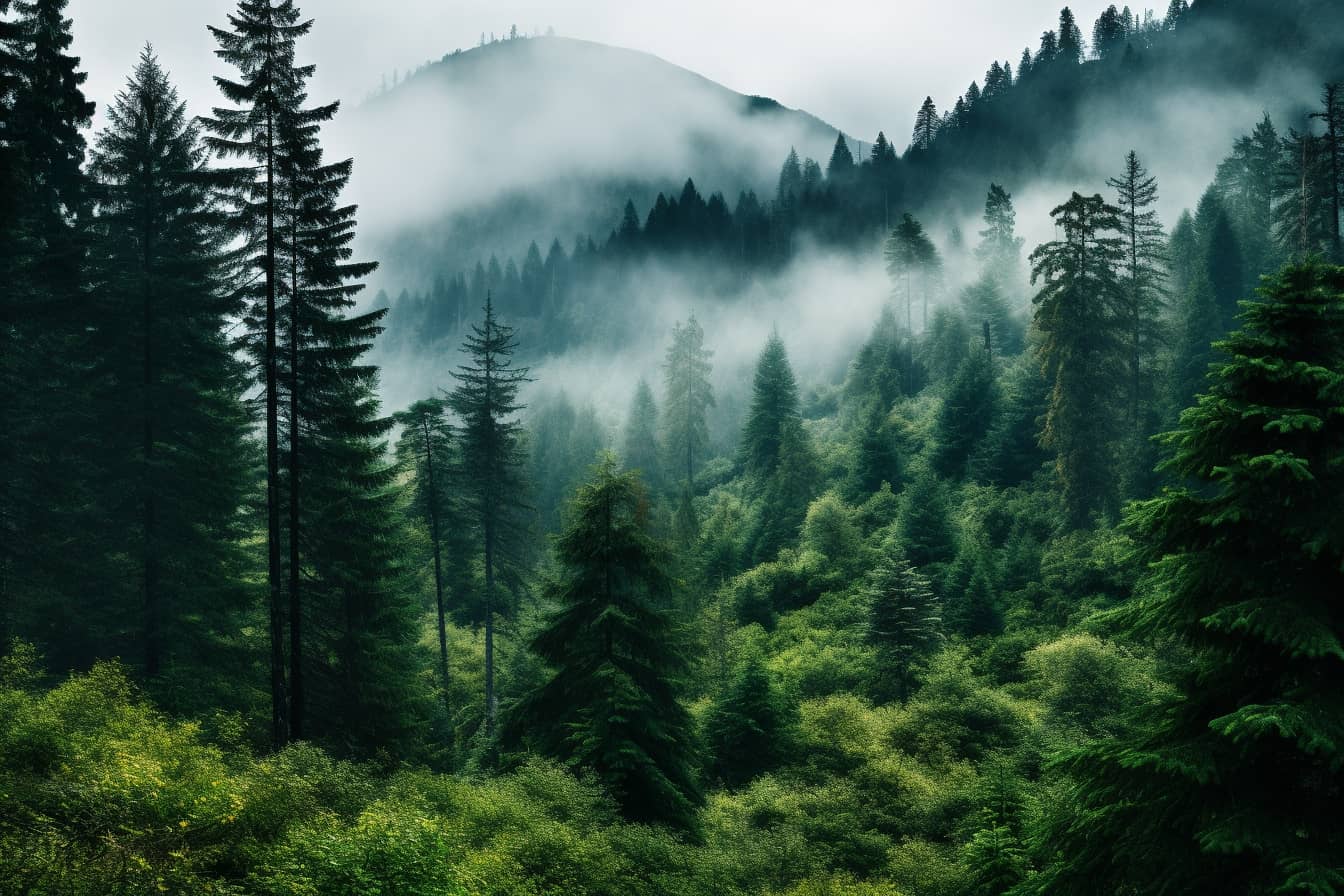A recent report from the U.S. Department of Agriculture (I link it here) revealed worrying data regarding the future of US forests. According to predictions, by 2070 these forests, which for centuries have acted as carbon sinks, could reverse their role, releasing more carbon into the atmosphere than they store.
This shift represents not only a threat to the ecological balance, but also a significant challenge to global climate change mitigation efforts.
The delicate balance of carbon
Forests have always played a crucial role in maintaining the carbon balance on Earth. They function as "taps" that absorb excess carbon and as "reservoirs" that store it. However, this balance is changing.
Excluding those in Alaska, US forests may no longer absorb 150 million metric tons of carbon per year within a few decades. To put into perspective, it would be equivalent to opening 40 new coal plants, but it's actually much worse than that in many ways.
US forests, an interrupted cycle
To understand how a forest can transition from a carbon sink to a carbon emitter, we need to examine the life cycle of a healthy forest. In a balanced forest, new trees grow, mature, and eventually give way to new growth. But in North America, not enough young trees are being planted. “Mature” forests are outgrowing young ones, which are also more vulnerable to the effects of climate change such as fires, droughts or storms.
Young trees absorb carbon rapidly to grow, while older trees, while containing more carbon, see their growth slow down after reaching a certain size. With this trend, US forests will absorb less carbon each year.

Forests USA, the solution is not so simple
Planting new forests might seem like the obvious solution, but in the modern world everything becomes complicated: space is limited and often fought over by industrial interests.
And then there are also proposals, perhaps out of "desperation" perhaps not, which are surreal: some scientists have suggested removing old forests to make room for young ones. An idea that is astounding, obsolete and harmful, fortunately stigmatized by the experts themselves United States Department of Agriculture (USDA). Old forests may continue to sequester carbon at rates that far exceed those of younger forests.
The priceless value of mature forests
Mature forests are not just carbon sinks. They provide essential ecosystem services, such as global nutrient cycling, preventing erosion, increasing water and air quality, stabilizing local weather conditions, and providing habitat for wildlife.
And let's not forget the pollinators, on which our crops are based. The mere fact of being able to think about cutting them gives a measure of how sclerotic the debate is in the USA. It's the equivalent of proposing weapons to teachers to combat school shootings.
If the United States truly wants to reach its goal of net zero emissions by 2050, it will have to remove as much carbon from the atmosphere as it emits. Doing so without the help of their forests will be a daunting challenge, especially if they become an obstacle rather than an ally.


